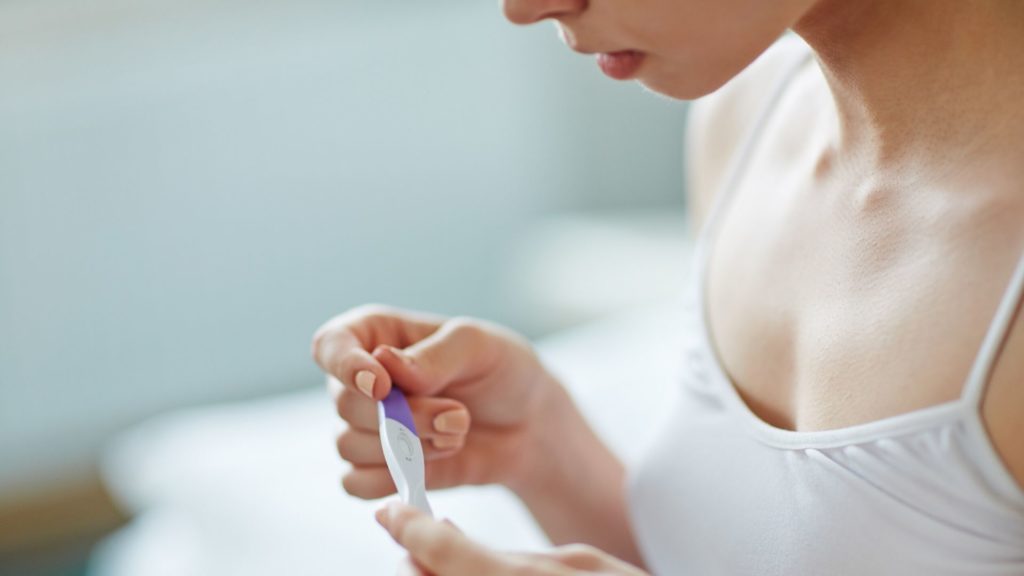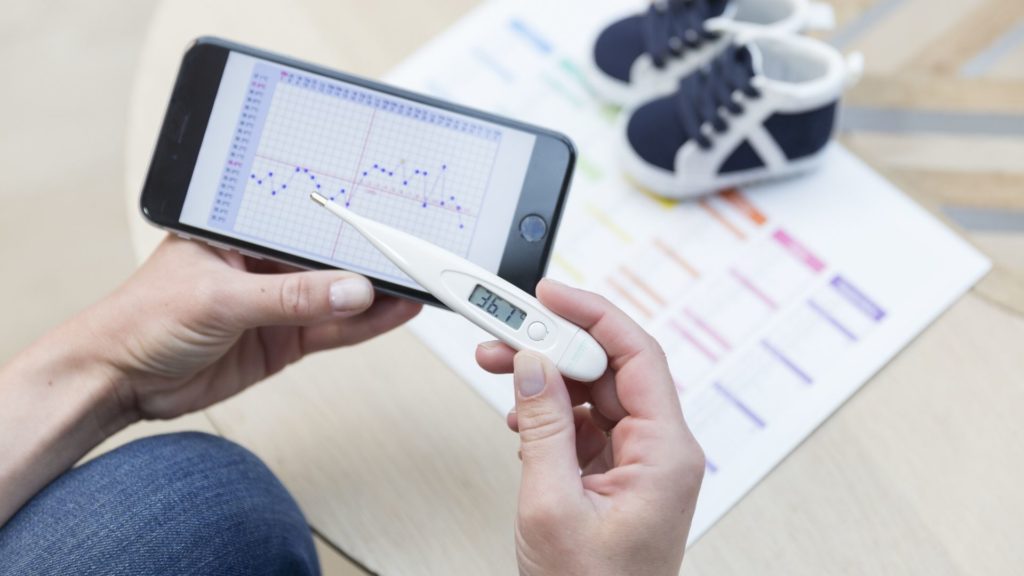Throughout your journey in family planning, you might come across the term “basal body temperature,” or BBT, and wondered what do these terms mean?
When it comes to fertility, does basal body temperature and the BBT method actually work?
We’re going to break down the terms and science so you can decide whether the basal body temperature method is right for you and, more importantly, help you understand your body a little more.
What Is Basil Body Temperature?
Basal body temperature (BBT or BTP) is the lowest body temperature your body can achieve during sleep and rest. When using BBT, women take a temperature measurement immediately after waking up and before any physical activity is done, like walking or making breakfast.
Basal Body Temperature, otherwise known as “the temperature method,” is a way to predict when you are going to ovulate based on the changes in your body temperature during your monthly menstrual cycle.
Ovulation oftentimes causes your body to increase its basal temperature slightly. Because women are usually more fertile in the two or three days before that ovulation temperature spike, you can track those temperature changes to pinpoint exactly when you are most likely to conceive.
When you ovulate, the hormone progesterone causes the body’s temperature to rise. The hormone drops again right before your period, which means your basal body temperature will drop too unless you are pregnant.
When you are pregnant, your progesterone stays high, thus your temperature stays high.
For women who wish to become pregnant, using the basal body temperature method can predict which days are the best to have sex and conceive. Some women also use the basal body temperature method to help avoid pregnancy if they are not on birth control.
While popular, it’s important to note that the basal body temperature method alone can’t effectively prevent pregnancy. However, for women looking for a natural and inexpensive way to boost fertility or avoid pregnancy, tracking your basal body temperature is a good choice and it doesn’t have any side effects.
Sometimes, this method is used in conjunction with other natural family planning methods like the cervical mucus method. The cervical mucus method entails tracking the changes in your vaginal discharge and is known as the symptothermal method.
Using the Basil Body Temperature Method
For women interested in using BBT to predict ovulation for pregnancy or contraceptive use, know that BBT and other natural fertility awareness methods do not protect against sexually transmitted diseases. To use the basal body temperature method, follow the steps below.
Step One: Use a digital oral thermometer to take your temperature every morning before getting out of bed. You can also use a thermometer specifically designed to measure basal body temperature.
If you have a hard time finding the changes in your body temperature, you can also take your temperature rectally or vaginally. Whatever method you use, be sure to use the same method every day.
Step Two: Record your temperature every day. Many people plot their changes on a graph paper, but you can use any way of recording the temperature that is easier for you. Be aware that when you ovulate, your temperature rises only about a half a degree or less. When your higher temperature lasts about three days or more, it’s most likely to indicate that ovulation has happened.
Step Three: Because you are more fertile during the two or three days before your BBT rises, plan sex carefully. If you want to get pregnant, those two or three days are the best time to have sex. If you don’t want to get pregnant, avoid unprotected sex from the time of the start of your menstrual period to three or four days after the BBT rise. Sperm can live in your body for up to five days!
How to Prepare for the BBT Method
Besides using a thermometer and tracking your temperature, the BBT method doesn’t require a whole lot of preparation. Unless you are using BBT as a method of contraceptive, you just need to start doing it.
However, women who are breastfeeding, have recently stopped taking hormonal birth control or who are approaching menopause should talk to their doctor first before using BBT as a contraceptive method.
Be aware that many other factors can cause changes in the basal body temperature, like fever, alcohol, stress, certain medications, sleep disorders and even travel. Some women can also ovulate without having a temperature spike.

Helpful Links for Additional Resources
Your family planning doctor at Walnut Hill and the Internet can help you find easy-to-use graphs to track your BBT, but we’ve included a few links:
For more information on how to use fertility awareness methods for birth control.
For more information on the cervical mucus method.
For free fertility calendars online:
Best BBT Apps for Your Phone
- Clue: This app claims to let you easily see tracked data in the calendar and an overview with an analysis.
- Glow: This ovulation and fertility app also tracks male fertility.
- Flo: This app offers period tracking, an ovulation calendar and pregnancy tracking.
- Kindara: This app is designed for Wink, a Bluetooth connected BBT thermometer.
- Ovia: This app tracks your period and gives ovulation predictions based on your cycle.
Walnut Hill OBGYN has more than 100 years of combined experience with doctors who are specialists in services ranging from routine gynecology and obstetrics care to diagnosis and treatment of serious conditions. If you need help starting your family, we also offer complete fertility services.
Talk to one of our doctors today about whether or not the BBT method or other fertility awareness methods are right for you.

